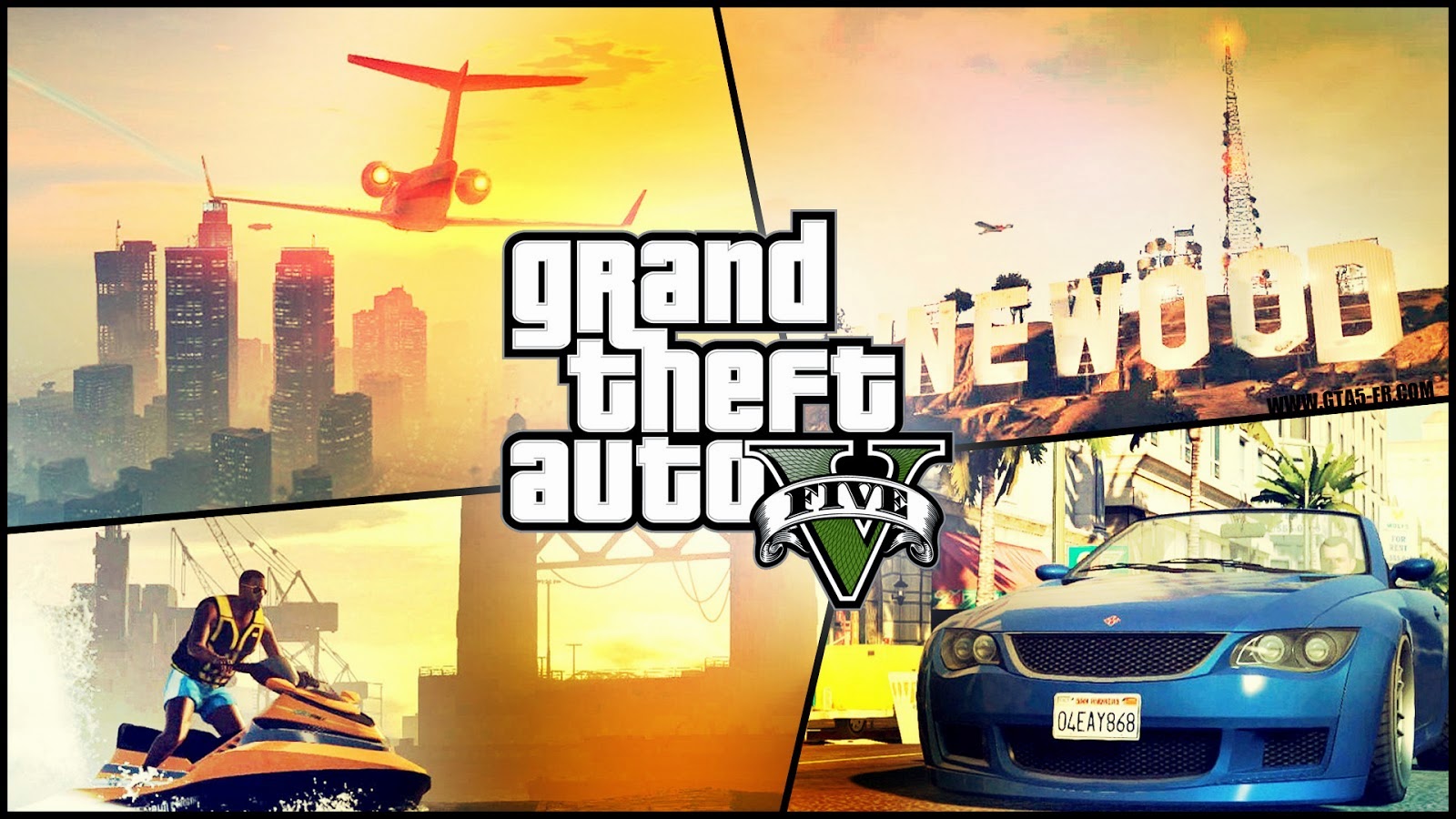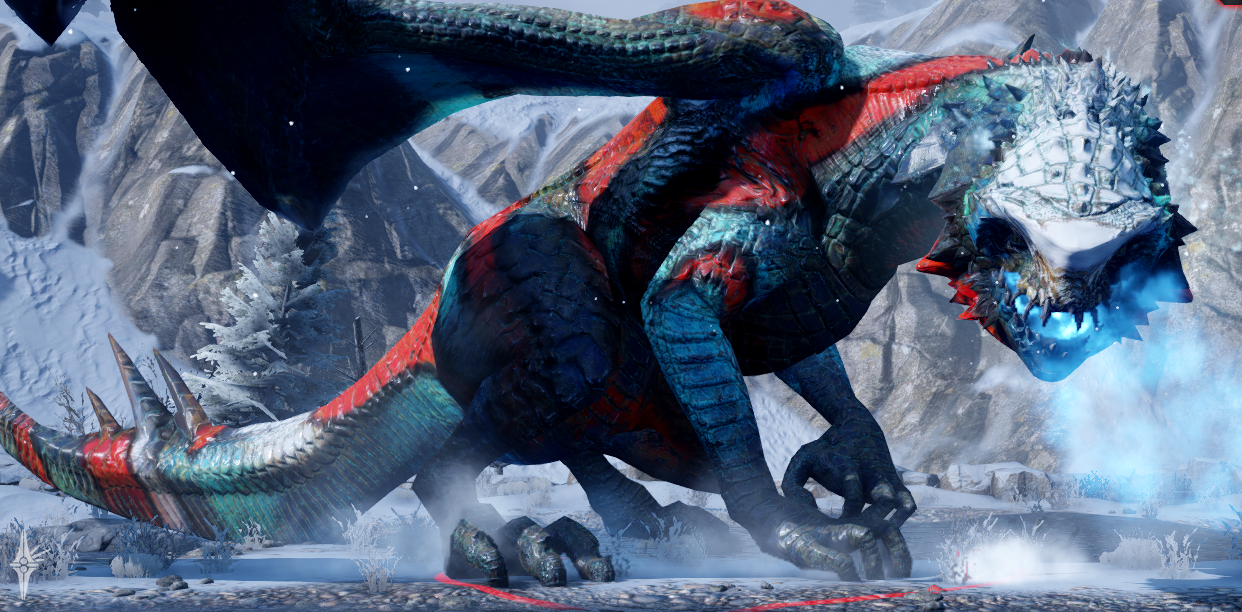When Assassin’s Creed Unity
launched late last year, fans were shocked to discover that the game
they’d been waiting for didn’t appear to have completed development. A
huge amount of bugs made Unity unplayable, from the frustrating (loot chests being inaccessible without a connection to Ubisoft‘s
servers and Ubisoft’s poor server connections) to the downright comical
...













